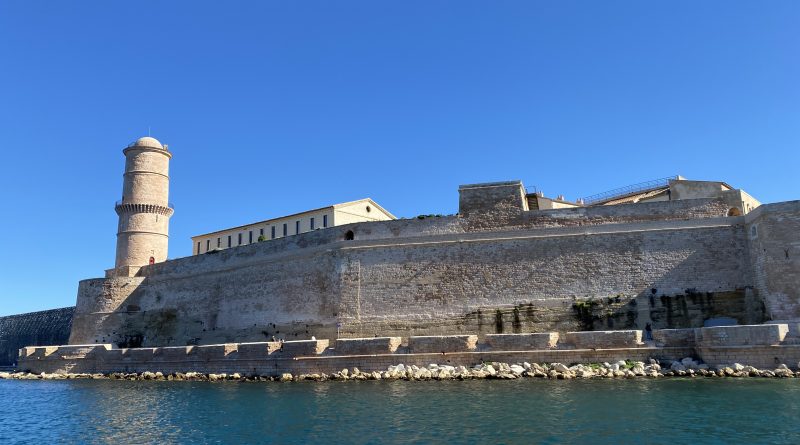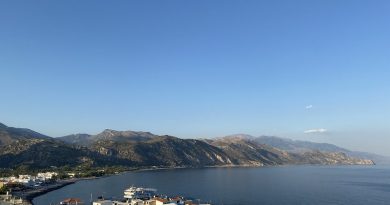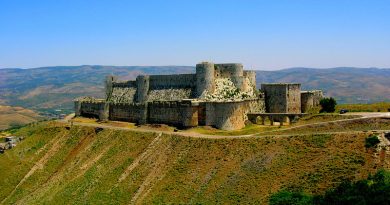The Forts of Marseilles
Guarding the narrow entrance to Marseille’s old port are two massive forts that have stood here for centuries.
This ancient port city has always functioned as a gateway to Europe.
The largest fort is the most recent – the giant
Fort Saint – Nicolas, a bastion fort, built in 1680, was constructed on the orders of Louis XIV
It is situated next to one of the oldest and most evocative structures in what was originally an Ancient Greek settlement – the Abbaye of St Victor.
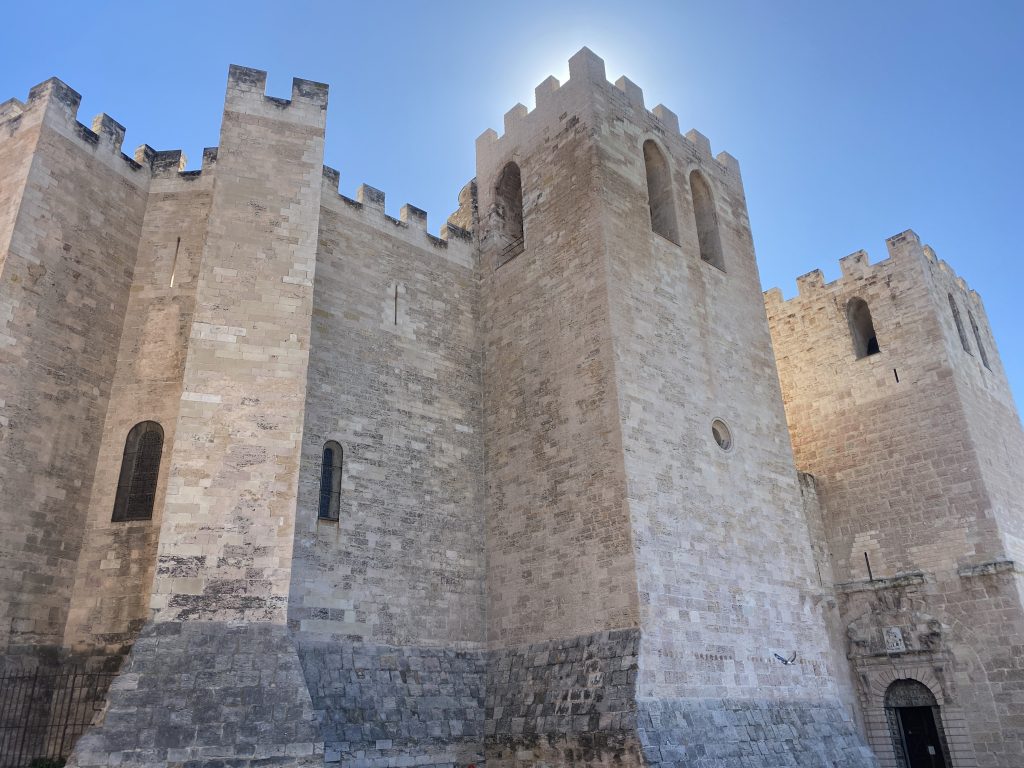
This semifortified basilica was built above a crypt from the 5th century, when St. John Cassian was believed to have founded the church and abbey. You can visit the crypt, which also reflects work done in the 10th and 11th centuries.
Located on the left when facing Marseille’s Vieux-Port ,Fort Saint-Nicolas was initially used to protect itself primarily from the Marseilles population and their rebellious spirit, and less so from foreign invasions. It was in 1660, following a succession of political demonstrations and revolts, that Louis XIV ordered its building to ensure the protection of Marseille against an attack from the sea. The construction was also a way for the Sun King to control a city that had long been hostile to him.
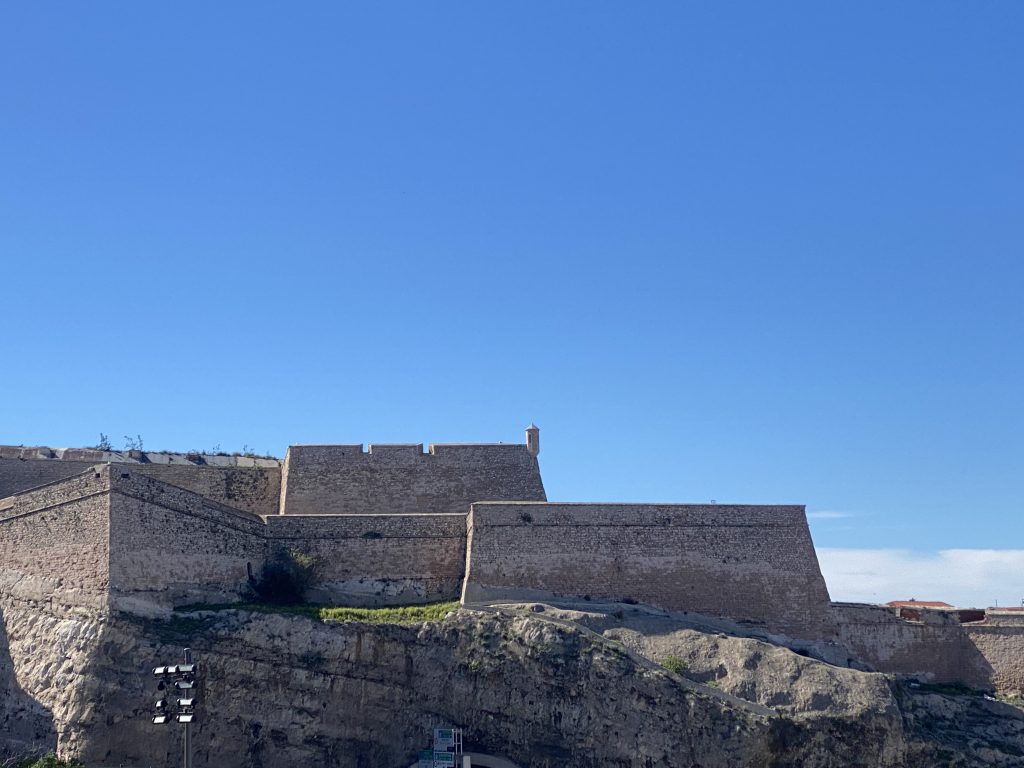
Work began in 1660 during the King’s visit to the construction site. Only four years were needed to build the edifice, which is considered a true record in view of the scale of the project.
The origins of the fort opposite – Fort Saint Jean date back to the 12th century. It was re worked in the 15th and again in the 17th. The square tower offers a beautiful panorama over the port
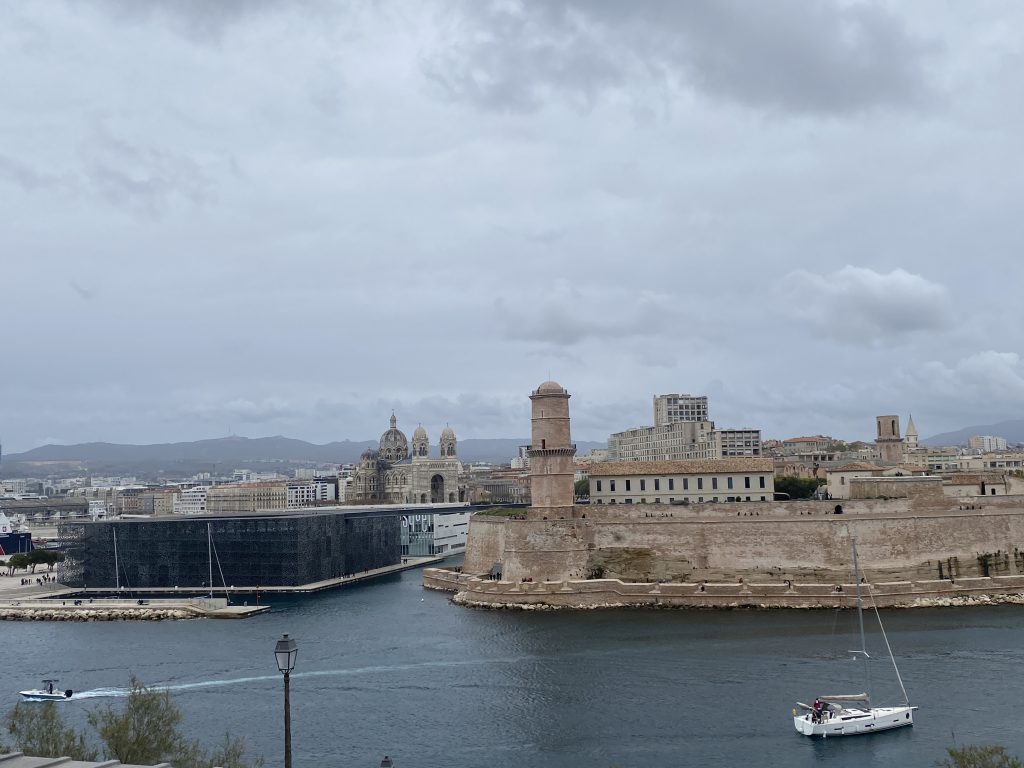
Fort Saint-Jean is positioned on the right when. facing the Vieux- Port .It belongs to a military complex inseparable from Marseille’s history. Ancient commandery of the Hospitaliers de Saint-Jean, it served as the departure point for the troups to Jerusalem during the crusades of the 12th century. A chapel, church, hospital and palace made up the commandery, which was completed in 1365. The King René wished to build a large square tower – built between 1447 and 1453 – to protect the port more effectively. It wasn’t until in the middle of the 17th century that the round tower that characterizes the fort was put in place.
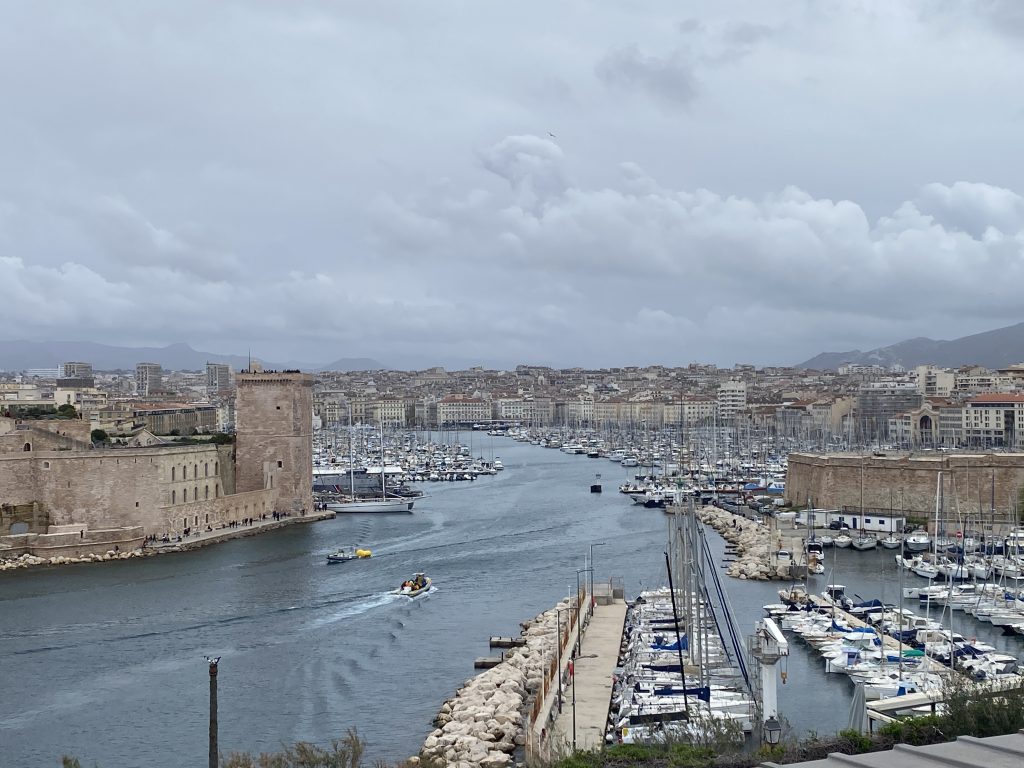
A major portside renovation project has attached a beautiful modernist building for the Museum of Mediterranean and European Civilisation (MUCEM) to the Fort , connected by a vertigo inducing metal boardwalk
Still 6 :Museum of Mediterranean and European Civilisation(MUCEM).
Five centuries ago Marseille was also protected by offshore forts such as Chateau D’If , constructed by Francois 1 in 1528, who feared invasion by the rampaging Ottoman Empire.Situated three kilometres away from the port this forbidding castle fortress was later turned into a prison . It became known as Marseille’s Alcatraz and held many famous inmates including the legendary Man in the Iron Mask
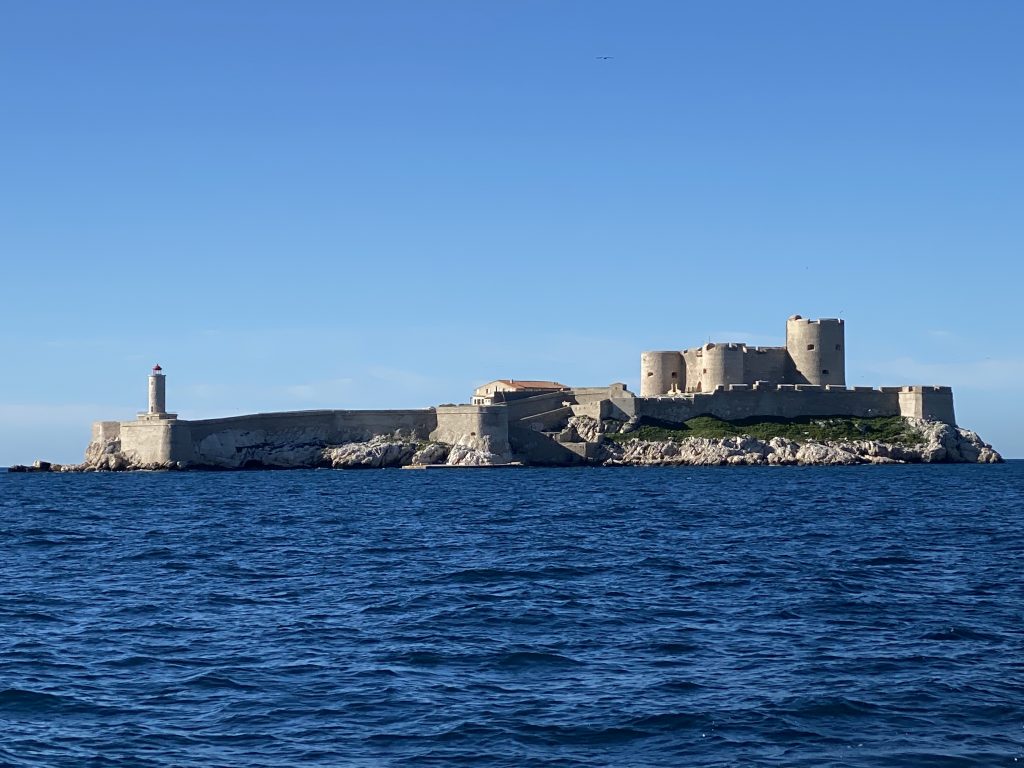
The isolated location and dangerous offshore currents of the Château d’If made it an ideal escape-proof prison. Its use as a dumping ground for political and religious detainees soon made it one of the most feared and notorious jails in France. Over 3,500 French calvanists known as Huguenots were sent here and later leaders of the French Communes uprisings .
The island became internationally famous in the 19th century, when Alexandre Dumas used it as a setting for his novel The Count of Monte Cristo, published to widespread acclaim in 1844.
Destination – France

